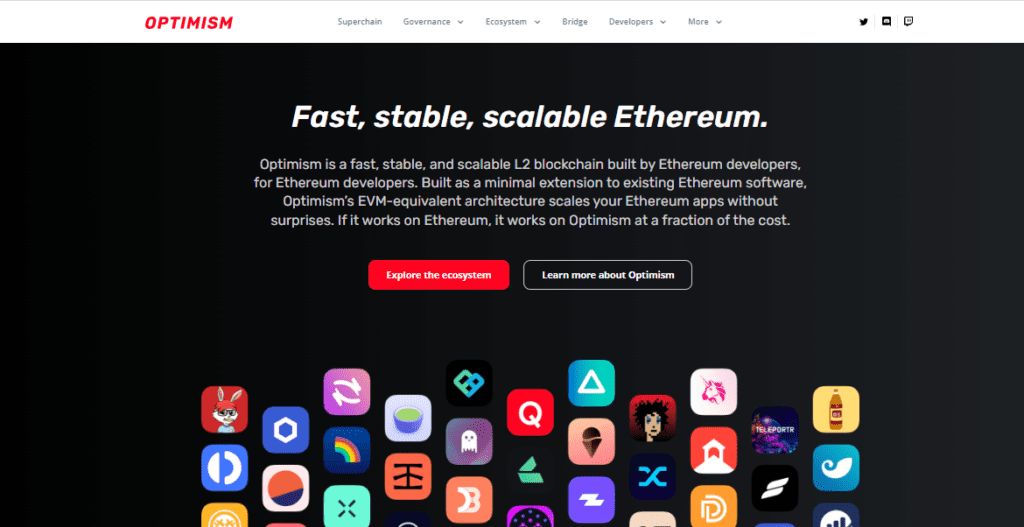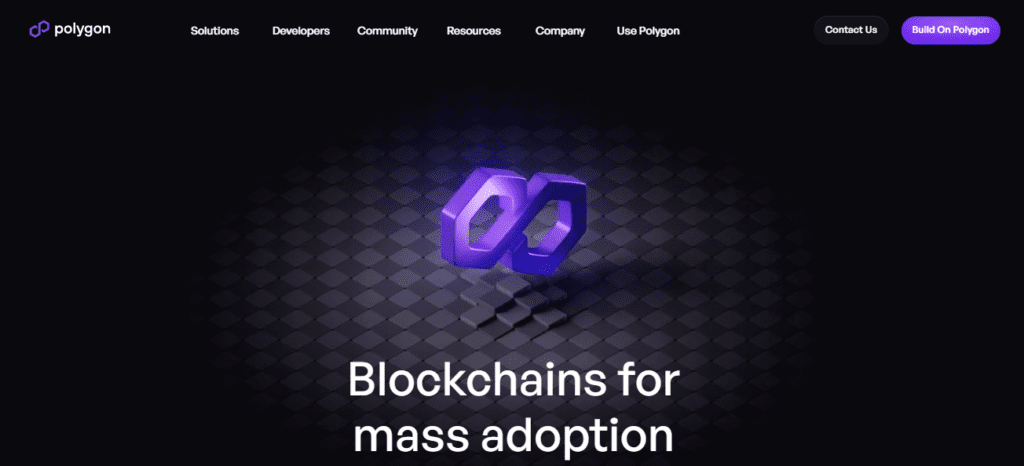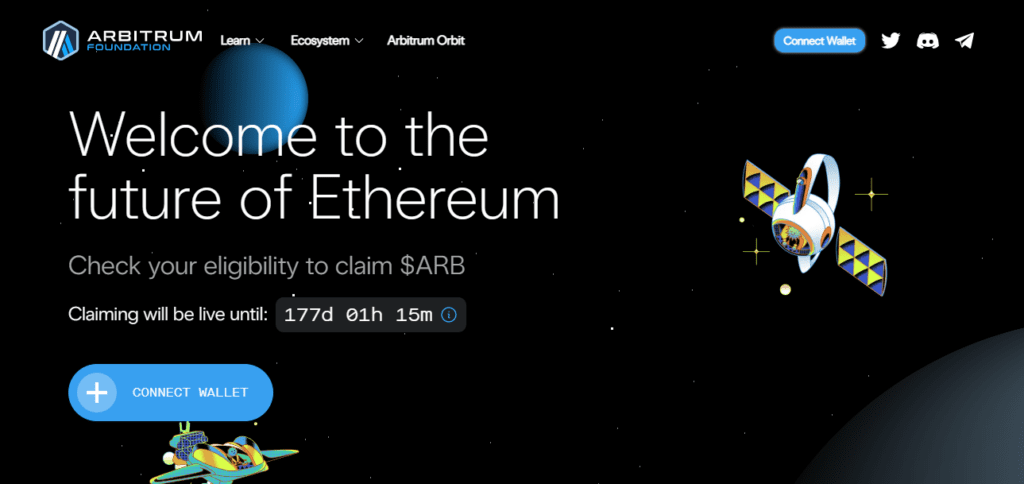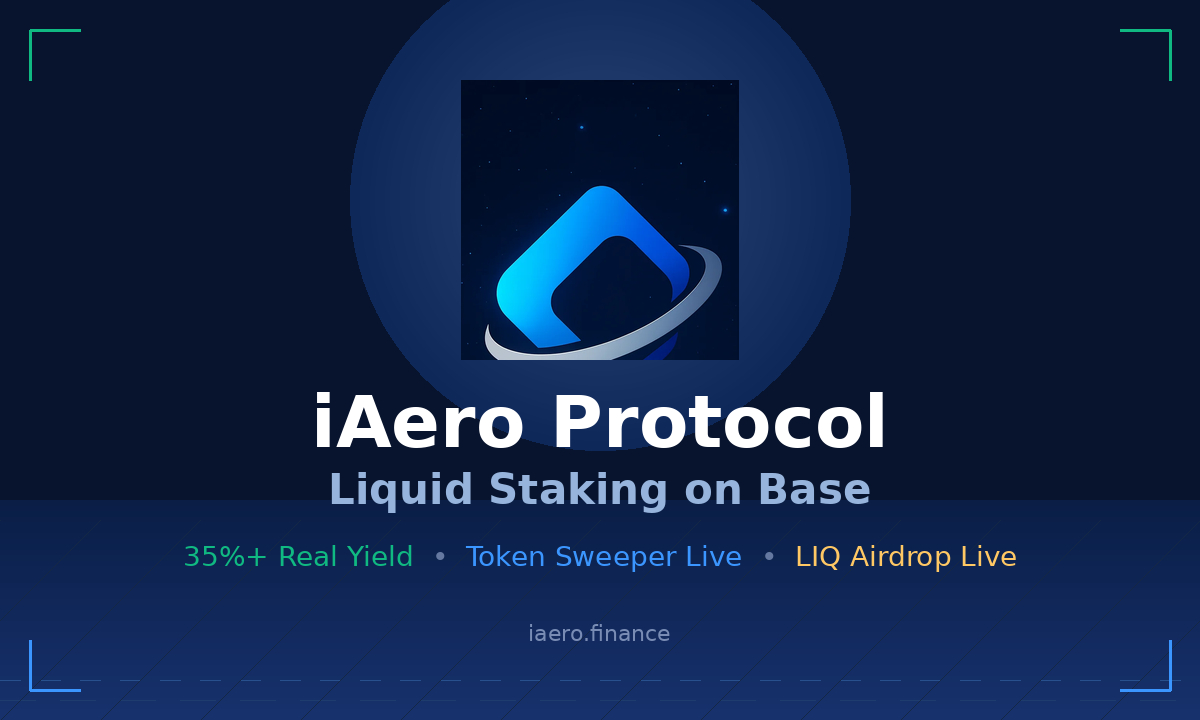Optimism Vs. Other Ethereum Scaling Solutions: The Ultimate Comparative Analysis
This article examines the differences between Optimism and other Ethereum scaling solutions, and compares them to other popular blockchains. It aims to provide readers with an understanding of the benefits and drawbacks of each chain, in order to help them make informed decisions about which solution to choose.
Introduction
What is Optimism?

Optimism is a popular layer-2 scaling solution for Ethereum that aids in the reduction of transaction fees and time on the Ethereum chain without sacrificing security and decentralization. The chain handles transactions off the Ethereum chain while leveraging its infrastructure. Optimism communicates with Ethereum’s layer-1 chain, which is responsible for security, decentralization, and data availability, while Optimism manages the layer-2 scaling solution. This reduces the load on Ethereum by removing the burden of financial transactions, which in turn reduces congestion on the network.
Optimism has unique features that set it apart from other scaling solutions. One of its most significant features is its ability to achieve a 10x to 100x improvement in scalability. Additionally, Optimism can reduce fees using its rolling technology. The chain is highly secured as it is built on top of Ethereum, and transactions are settled on the Ethereum mainnet. Lastly, Optimism provides an enhanced user experience by offering lower fees and faster transactions for new projects.
What is Polygon?

Polygon is a blockchain scaling solution that operates in conjunction with the Ethereum network. It is known as a 2-layer or sidechain scaling solution that enables faster transactions at affordable costs. Polygon allows users to bridge their cryptocurrencies over to its chain and interact with a wide range of Ethereum-based crypto applications.
The Polygon network employs the Proof-of-Stake mechanism to scale Ethereum with its abundance of sidechains. This mechanism aims to relieve congestion on the Ethereum network. The abundance of sidechains is intended to unclog the main platform in an effective and cost-efficient way. Compared to Ethereum’s 15 transactions per second, the Polygon chain presently processes nearly 7000+ transactions per second. The average block processing time is around 2 seconds.
Polygon’s architecture is made up of multiple layers, with the Ethereum layer being the most prominent one. The security layer, Polygon-Network layer, and finally the Execution layer are the other layers that make up the Polygon network. The main feature of the Polygon chain is its sidechains, which offer quick and low-cost transactions on the main chain. Ethereum is the first suitable layer-1 base chain for Polygon’s sidechains.
The Polygon Software Development kit (SDK) is at the network’s core. The SDK can be used to build Ethereum-compatible decentralized applications as sidechains and connect them to the main chain. Polygon sidechains can be built using scalability methods like Plasma chains, zk-Rollups, or optimistic Rollups.
What is Arbitrum?

Arbitrum is an innovative scaling solution that operates above the base layer of the Ethereum blockchain. Its main objective is to increase the speed of Ethereum smart contracts while adding privacy features to make transactions more secure. One of the key benefits of using Arbitrum is its unique technology called Optimistic Rollup, which interacts between two chains.
This technology enables transaction processing to be completed at layer 2 while simultaneously recording the results in the main chain. The chain aims to drastically increase its working speed and efficiency with this process, making it a highly attractive option for those looking for faster and cheaper transactions.
Arbitrum is also considered to be the most EVM-compatible rollups at the bytecode level. This means that any language that can compile to EVM can be used, making it highly flexible for developers. Furthermore, the team behind Arbitrum is working hard to minimize barriers by producing comprehensive documentation for developers. This focus on keeping the platform accessible to developers is a key part of Arbitrum’s strategy to make it a highly popular choice among developers.
Another key advantage of using Arbitrum is that it offers low fees compared to Ethereum using its efficient roll-up technology. By cutting fees into fractions while providing sufficient incentives for validators, the chain is able to offer highly competitive pricing for users. This is a major advantage in an industry where fees can often be prohibitive, making it highly attractive to those looking for a cost-effective solution.
Pros & Cons of Polygon vs. Arbitrum vs. Optimism
Pros
| Polygon | Arbitrum | Optimism |
| It is more secure due to the validation system | It offers 100 times the throughput with only 2% of the fees | EVM equivalence focuses on going one-step ahead |
| The multi-chain system allows Polygon to access & use the full power of Ethereum. | High EVM compatibility | High secured data |
| It uses a joint system of PoS & Hemidall architecture which increases the scalability & power. | A good ecosystem with powerful tools | Faster transactions with low costs |
| Polygon offers a similar experience to that of Ethereum | It uses a joint PoS & Hemidall architecture system, increasing the scalability & power. |
Cons
| Polygon | Arbitrum | Optimism |
| There is high competition among the other scaling networks like Polkadot, Solana, etc. | If Ethereum 2.0 is developed completely, Polygon’s existence may be challenged in the coming days. | Long & costly withdrawals |
| It is ethereum dependant | The Arbitrum gas fees are different from the Ethereum gas fees, serving a different purpose. | Potential incentive misalignment between network participants |
| There is high competition among the other scaling networks like Polkadot, Solana, etc | Underlying L1 censoring transactions |
Comparative Analysis
| Name | Polygon | Arbitrum | Optimism |
| Launch Date | 2017 | May 28, 2021 | December 2021 |
| Founder | Sandeep Nailwal | Steven Goldfeder | Jinglan Wang |
| Blockchain Protocol | Polygon Chain for Ethereum Mainnet | Arbitrum Chain for Ethereum Mainnet | Optimism Chain for Ethereum Mainnet |
| Native Token | MATIC | ARB | OP |
| Token Type | ERC-20 | ERC-20 | ERC-20 |
| Market Cap | $9,85 billion | $1,7 billion | $707 million |
| Circulating Supply | 9,08 billion | 1,2 billion | 314 million |
| Max Supply | 10 billion | 10 billion | 4.29 billion |
| Consensus Method | PoS | PoS | Optimistic Rollup |
| Architecture | Multi-layer | Arbitrum Virtual Machine | Optimistic |
| Scalability | Layer-2 scaling solution | Layer-2 scaling solution | Layer-2 scaling solution |
| Transaction Speed | Up To 65,000 TPS | 40,000 TPS | 2,000 to 2,000 TPS |
| Holders | 590,895 | 283,857 | 573,356 |
Conclusion
Optimism is a highly secure and reliable solution for those looking for a cost-effective and scalable option. Its unique features and compatibility with Ethereum make it an attractive choice for developers and users alike. With its ability to achieve a 10x to 100x improvement in scalability, Optimism sets itself apart from other scaling solutions.
Additionally, Optimism can reduce fees using its rolling technology, which is highly attractive to users looking for faster and cheaper transactions. The chain is highly secured as it is built on top of Ethereum, and transactions are settled on the Ethereum mainnet. Optimism provides an enhanced user experience by offering lower fees and faster transactions for new projects, making it one of the most reliable and popular choices among developers and users.
DISCLAIMER: The Information on this website is provided as general market commentary and does not constitute investment advice. We encourage you to do your own research before investing.
Join us to keep track of news: https://linktr.ee/coincu
Thana
Coincu News

















